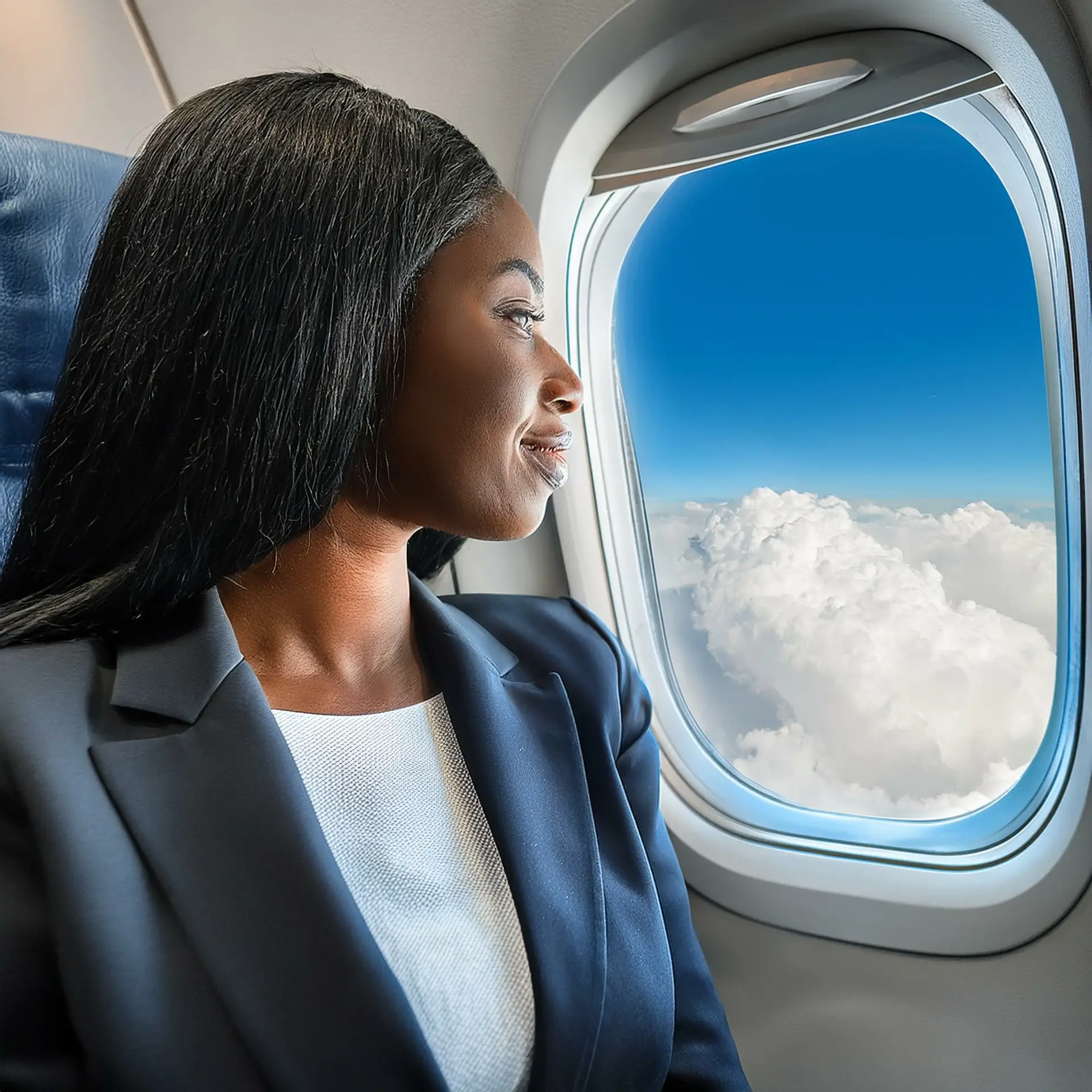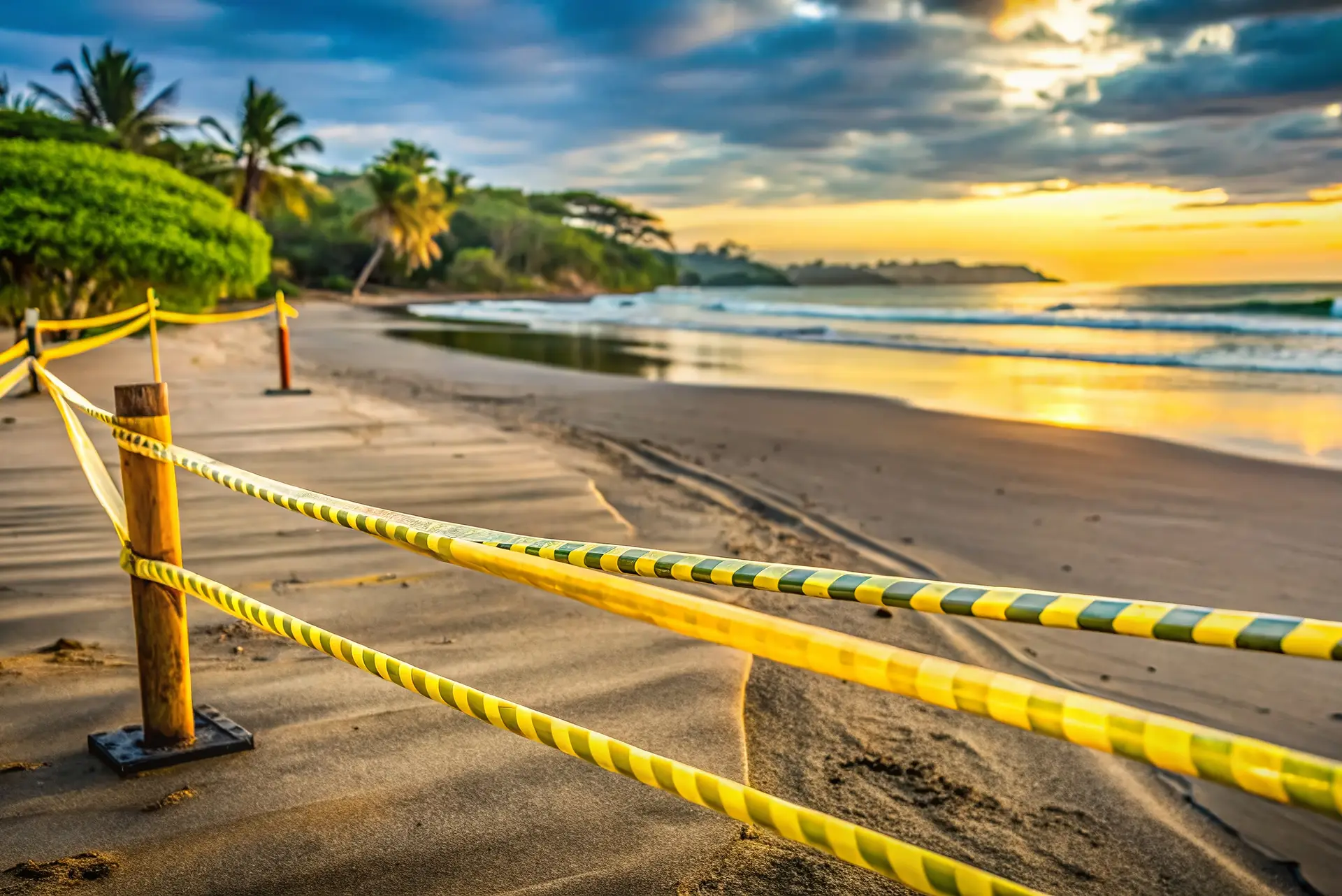Let’s talk about the elephant at 35,000 feet: flying can feel scary. Especially if you’re solo, buckled into a metal tube in the sky, trying to remember whether that bump was turbulence or something more.
If you’ve ever felt anxious before or during a flight, you’re not alone and you’re also not irrational. Flying feels unnatural to many of us because we’re not in control. But here’s the reassuring truth: flying is one of the safest ways to travel in the world. Let’s break down why.
Commercial Air Travel Is Safer Than Ever
Statistically, flying is significantly safer than driving. According to the International Air Transport Association (IATA), there was one major accident for every 4.2 million flights in 2023. That’s a 0.00002% chance.
To put it another way? You’re more likely to be struck by lightning—twice—than to be in a commercial plane crash.
Pilot Training Is Intense (In a Good Way)
Pilots go through some of the most rigorous training and certification processes of any profession. Commercial airline pilots typically:
- Log 1,500+ flight hours before they’re even eligible for major airlines
- Undergo recertification and simulator testing every 6–12 months
- Must pass FAA health checks and undergo psychological screening
- Practice emergency procedures repeatedly until they’re second nature
Plus, there are usually two highly trained pilots in every cockpit, both capable of flying the aircraft solo if needed.
The FAA Regulates Everything (And That’s a Good Thing)
In the United States, the Federal Aviation Administration (FAA) oversees all aspects of flight safety, from aircraft maintenance to air traffic control.
Some reassuring facts:
- Planes are inspected constantly, with major checks every few months and detailed maintenance logs reviewed before every flight.
- Air traffic control systems are designed with multiple layers of redundancy to avoid mid-air conflicts.
- Weather monitoring and routing software helps pilots avoid dangerous conditions before they even appear on the radar.
These systems work so well that commercial flying in the U.S. and most of the world is safer than ever—even with millions of flights per year.
And About That Turbulence…
We get it. Turbulence feels terrifying. But here’s the truth: turbulence is normal and expected, and planes are built to handle it. Modern aircraft wings are designed to flex. Think of them as yoga instructors, not rigid boards. What feels bumpy to you is barely a blip to the plane.
Pro Tip: Want to know if turbulence is expected on your flight? Try checking TurbulenceForecast.com before you fly. Sometimes knowing when it might happen takes the fear down a notch.
Tips for Calming Pre-Flight Nerves
If you’re still feeling uneasy, here are a few tried-and-true tips Just Go Solo travelers swear by:
- Breathe through it. Box breathing or guided meditations (via the Calm or Insight Timer apps) work wonders.
- Focus on your destination. You’re not just flying, you’re headed somewhere exciting. Think about the beach, the wine tasting, or the new city waiting to be explored.
- Create comfort. A good travel outfit, cozy playlist, and neck pillow can make you feel a little more in control.
- Talk to the crew. Nervous? Tell a flight attendant before takeoff. They’re trained to help and reassure nervous flyers, they’ve heard it all.
You’re Not “Just” Flying, You’re Traveling for You
Whether you’re booking your first solo trip, heading abroad for the first time, or doing something big after a big life change, flying is often the first step in doing something bold and brave.
And you can do it.
Trust the pilots. Trust the system. Trust yourself. Because the truth is: the hard part isn’t the flight. It’s having the courage to take it in the first place. And you’ve already done that.






